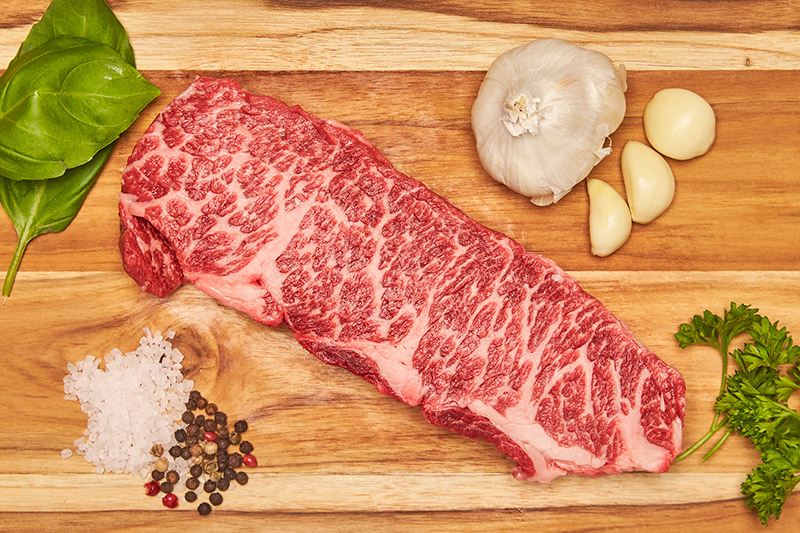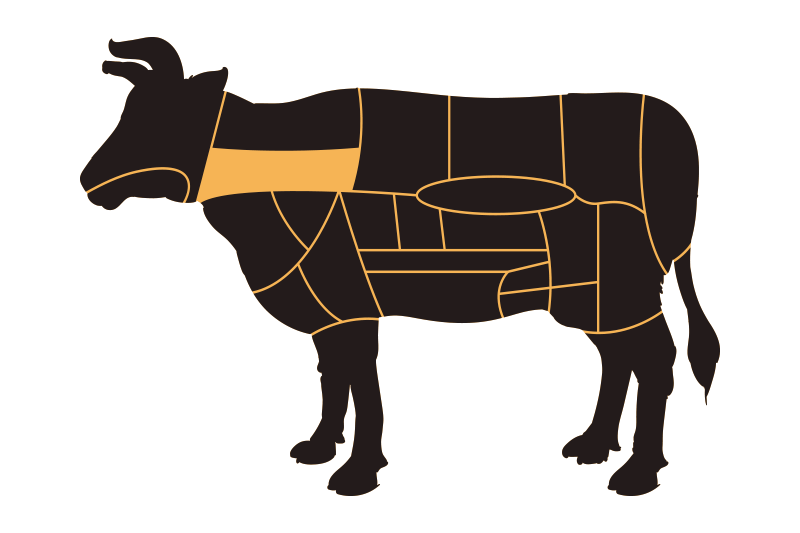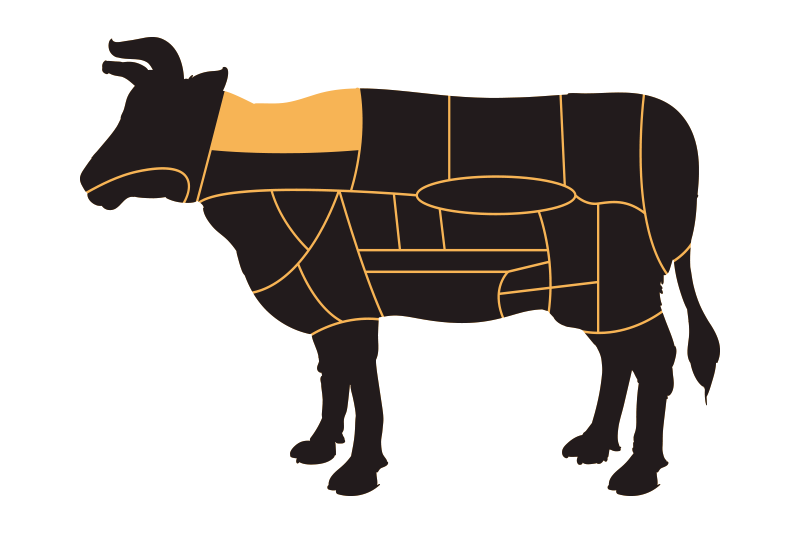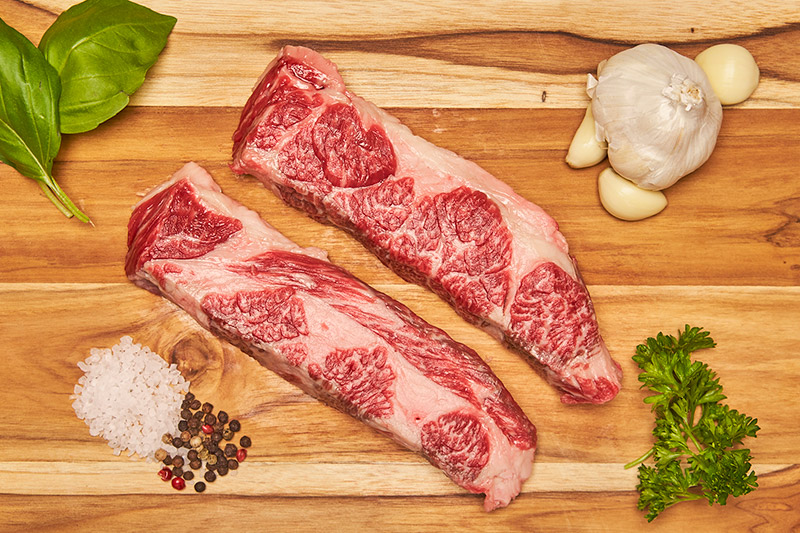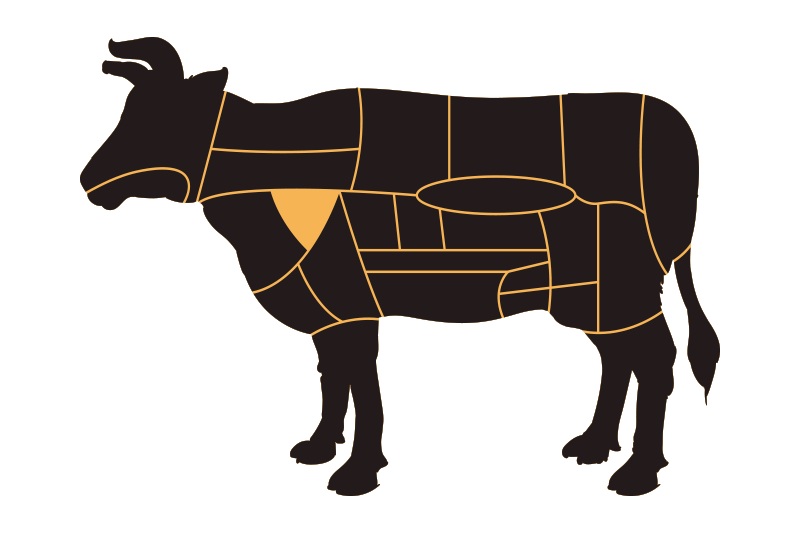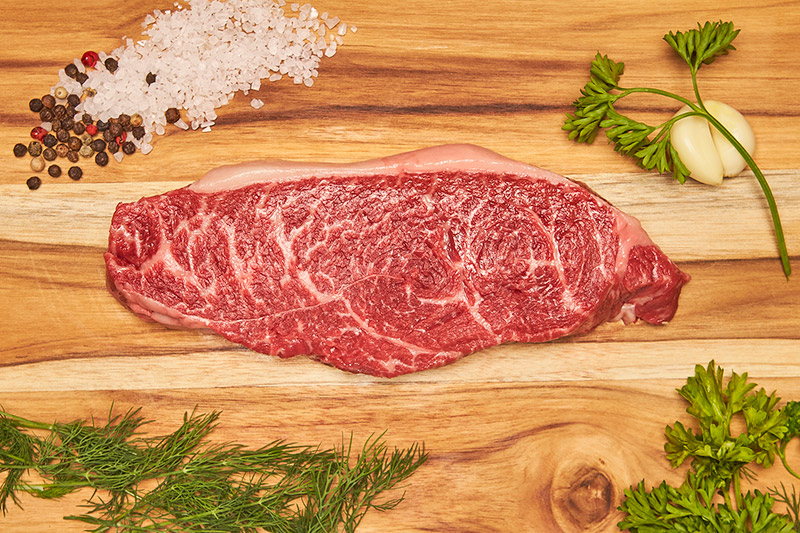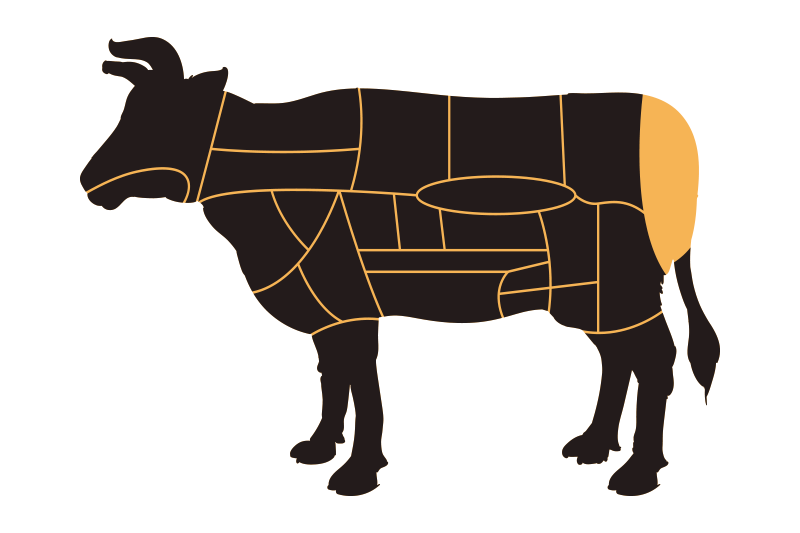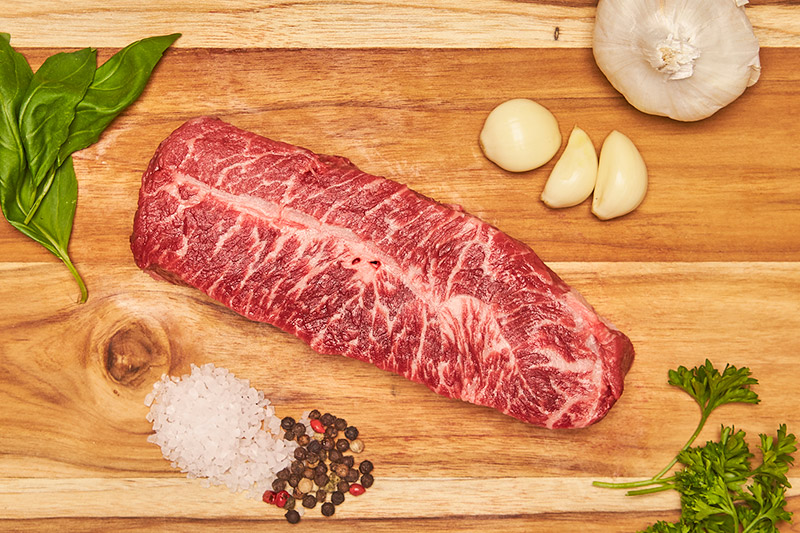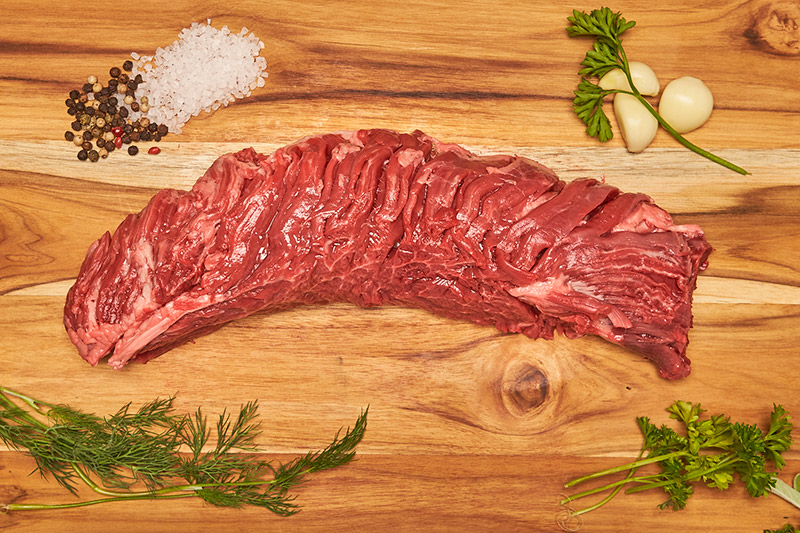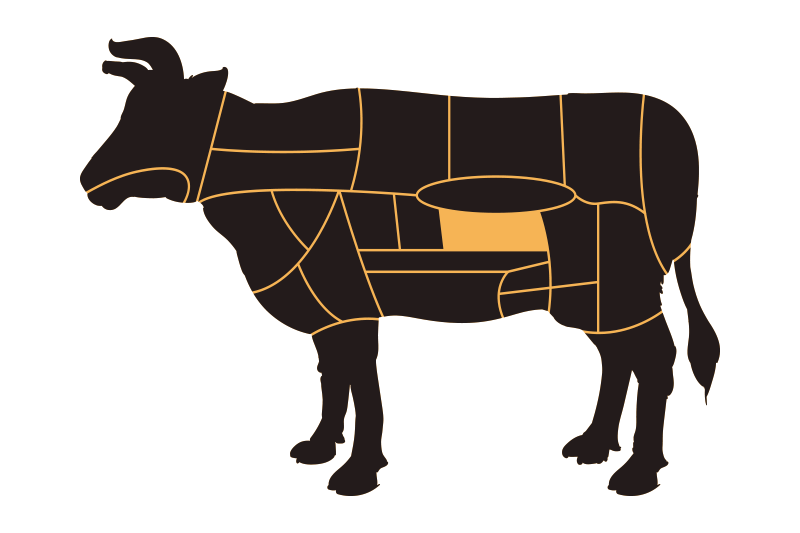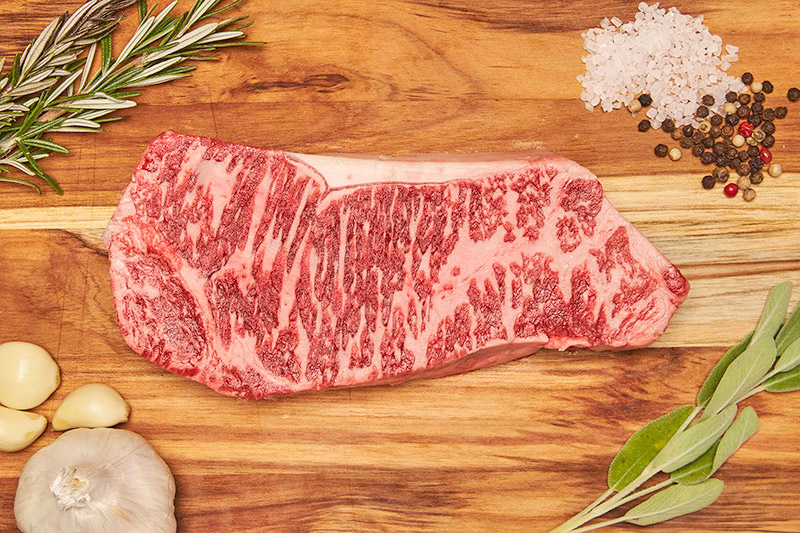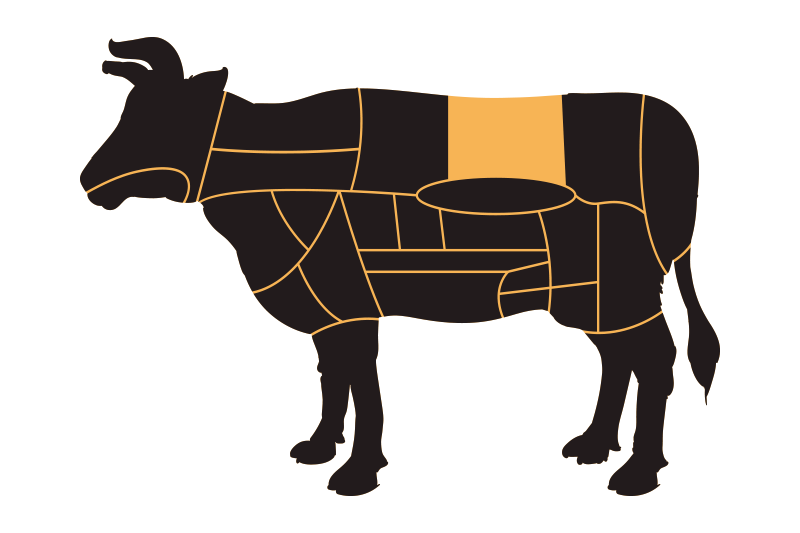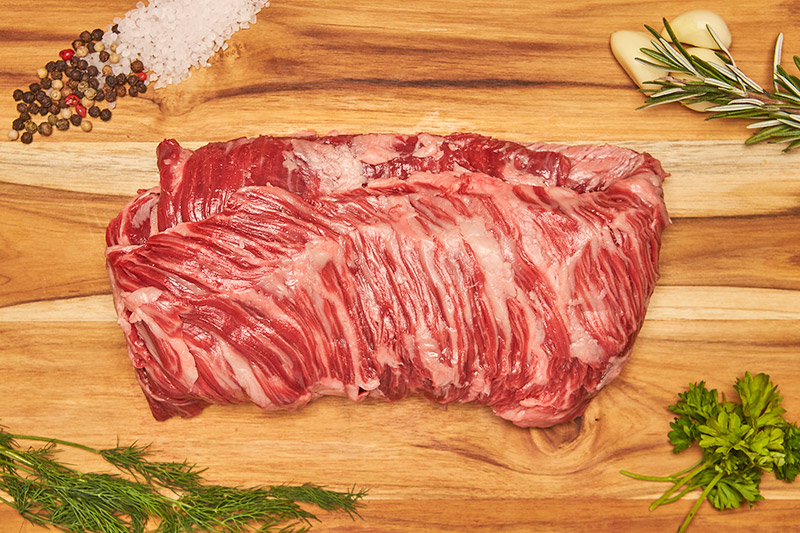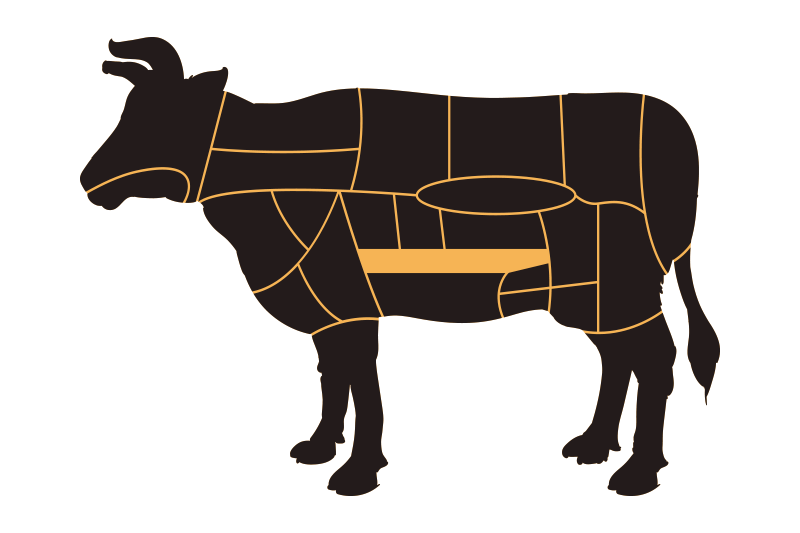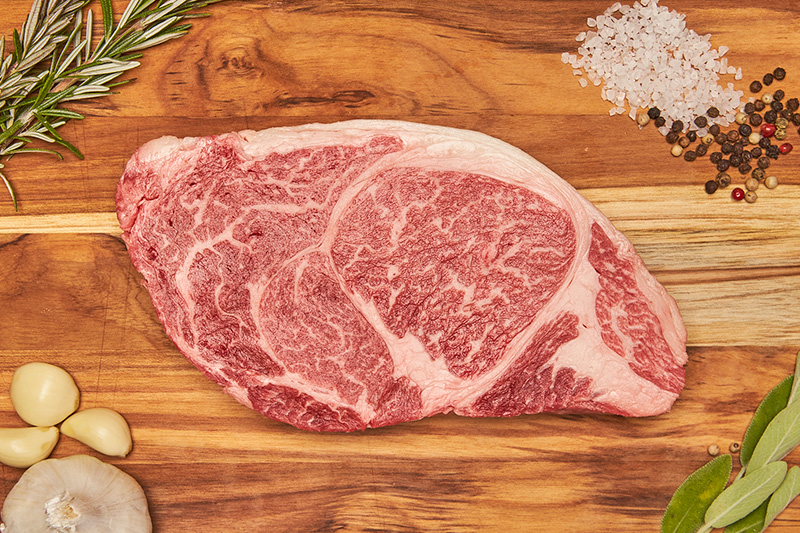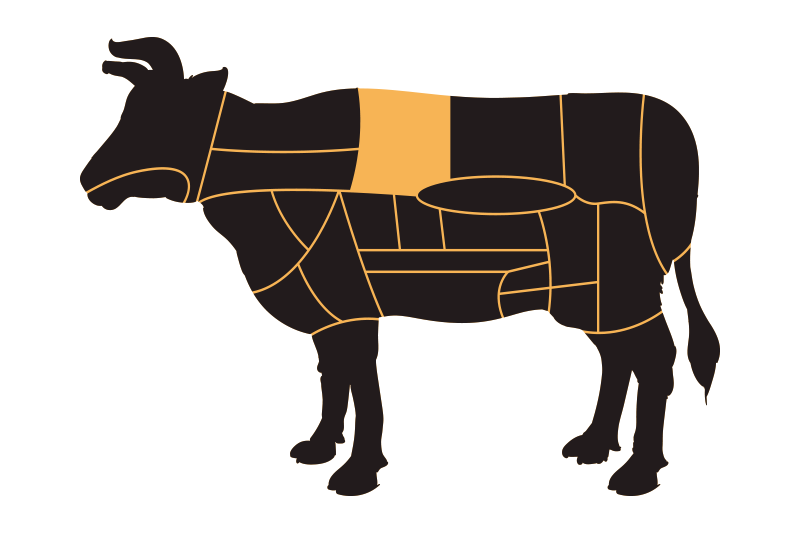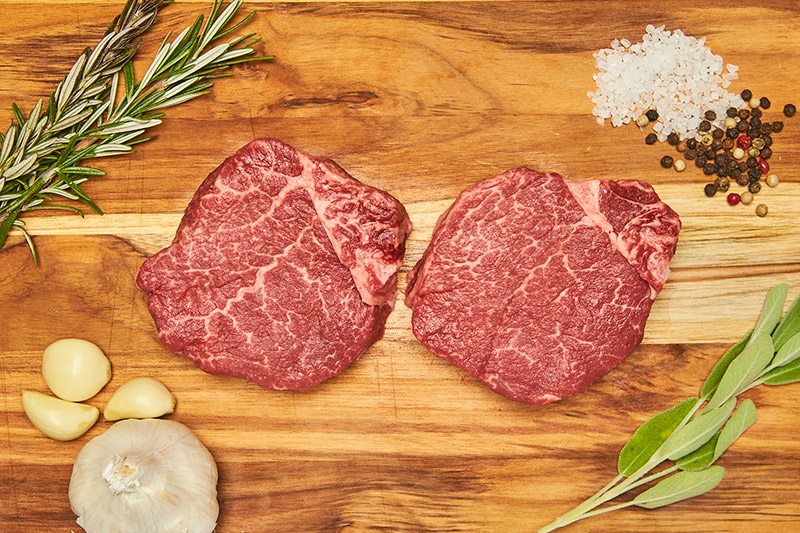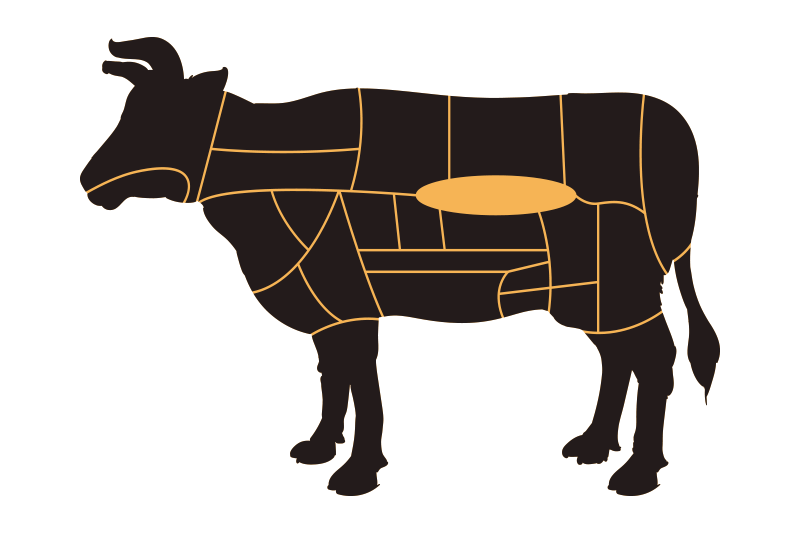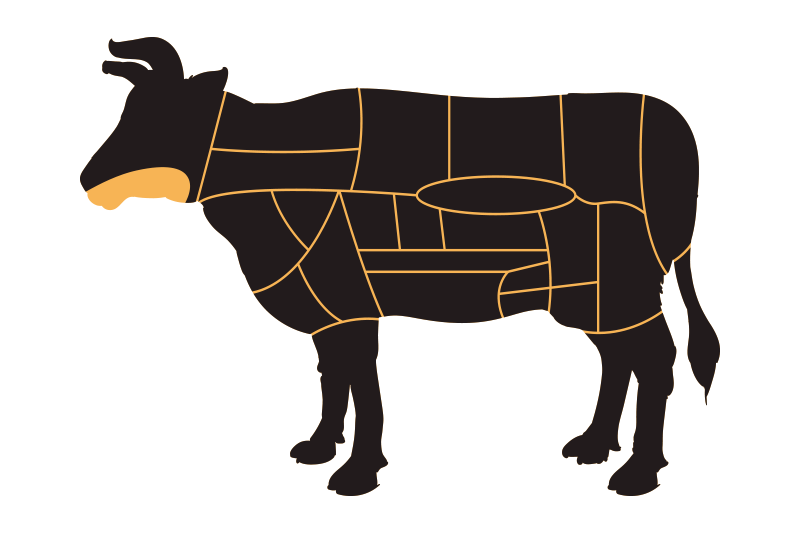DOMESTIC WAGYUWASHUGYUhttps://www.washugyu.com
Washugyu American Style Kobe Beef
Japan Premium Beef carries domestically raised Washugyu, a trademarked name which denotes a crossbred of the famous Japanese Black Wagyu (Tajima Wagyu) and the finest American Black Angus.
Our Washugyu are raised in the state of Oregon under the strictest standards and using proprietary feeding programs devised from Japanese techniques to enhance marbling and flavor.
For more detail on Washugyu, continue reading below or visit the website www.Washugyu.com.
Our Wagyu Beef
Our Wagyu beef comes from American- bred cattle, using a custom Japanese program that carefully selects superior genetic traits (Tajima Wagyu), cross breeding them with the finest Black Angus cattle. They are raised on a strict feeding program, using the highest quality feed available in the market. We achieved this by recruiting one of the most experienced Japanese Wagyu Breeder/feeder, a man with decades of experience and knowledge, who has come over to the U.S. to develop and monitor these programs.
Since the breeding, feeding and rearing of Wagyu cattle are a closely guarded secret—even in Japan—this knowledge has not been available in the United States, until now. Using this knowledge, and superior feeding programs, we produce a superior product. Beef with marbling and flavor that surpasses any other domestically-produced Wagyu beef currently available in the United States. Unlike U.S. domestic beef, 90% of our Wagyu beef is graded Prime and has a USDA Beef Marble Score (BMS) between of 9 and 10.
Feeding Program
Japan Premium Beef has recruited one of the most experienced Japanese Wagyu breeders to assist in the development and monitoring of the feeding program. Our Washugyu are raised on a strict 100% vegetarian diet consisting of all-natural, high energy grain feed. The program starts when the calves are 7-9 months old.
Initially, the calves are introduced to dry rice straw, which is designed to strengthen their stomach and allows them to absorb most of the nutrients from the feed once they are switched to an all-grain diet. The cattle then remain on the all-grain feeding program for 27-30 months (far longer than most domestic cattle in the United States). This greater maturity translates to better marblization and more flavorful beef.
Typically, western cattle are fed the most inexpensive rations available and are harvested at 20-22 months. The result is a faster process and a cheaper product, but a far less flavorful beef.
Non-Hormone Treated Cattle / High Quality Beef
Japan Premium Beef has brough these previously unavailable Japanese techniques and traditions to the United States, and it is the strict application of the program, along with the superior quality of the feed that allows us to produce an exceptional product found no where else. The marbling and flavor contained in our Washugyu beef surpasses all other domestically-produced Wagyu beef available anywhere in the United States. Unlike other domestically-produced beef, 90% of our Wagyu beef is graded Prime and contains a United States Department of Agriculture (USDA) Beef Marble Score (BMS) between 9 and 10.
Our Wagyu cattle are certified Non-Hormone Treated Cattle (NHTC) and High Quality Beef (HQB) by the USDA. These certifications demand the highest quality control possible. No hormones or feed additives containing hormones are used in the production of our cattle. Additionally, the feed is certified as providing them with the energy levels required by the USDA Quality System Assessment (QSA) program. Any time the feed ration is updated, the USDA then re-approves it.*
Japan Premium Beef is 1 out of only 11 Wagyu breeders in the United States granted these quality certifications. This combination of breeding, feeding, quality control, and USDA certification, means we can guarantee 100% traceability from ranch to fork. Moreover, our stringent hygiene management controls are world-class, which mean you can comfortably enjoy each bite of our high quality beef.
*When cattle are exported to the European Union (EU), export the paperwork includes documentation of the feed ration, along with proof that the cattle have consumed it for the previous 100 days. Without the NHTC & HQB certification no beef is allowed to be exported to the EU countries.


